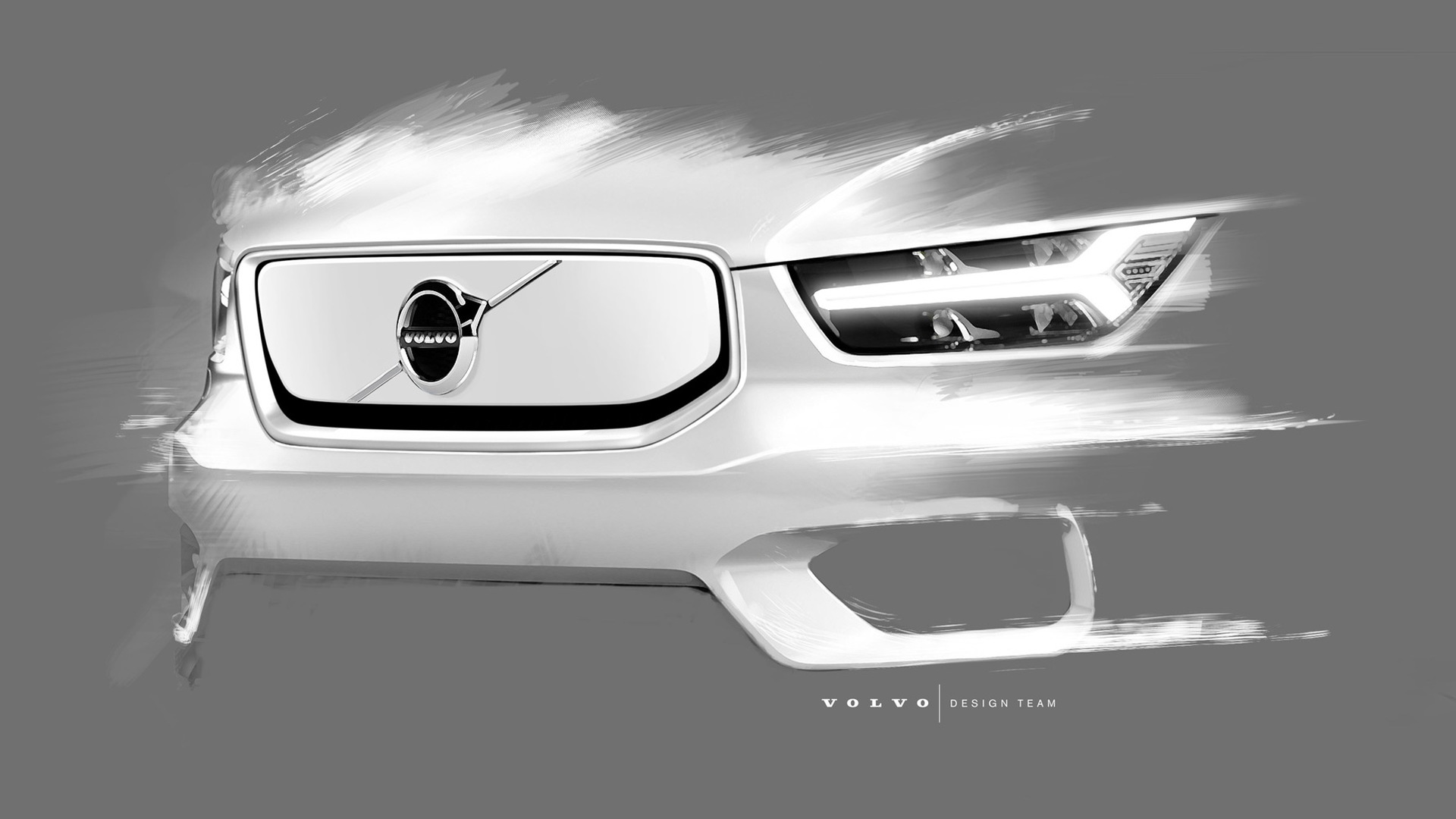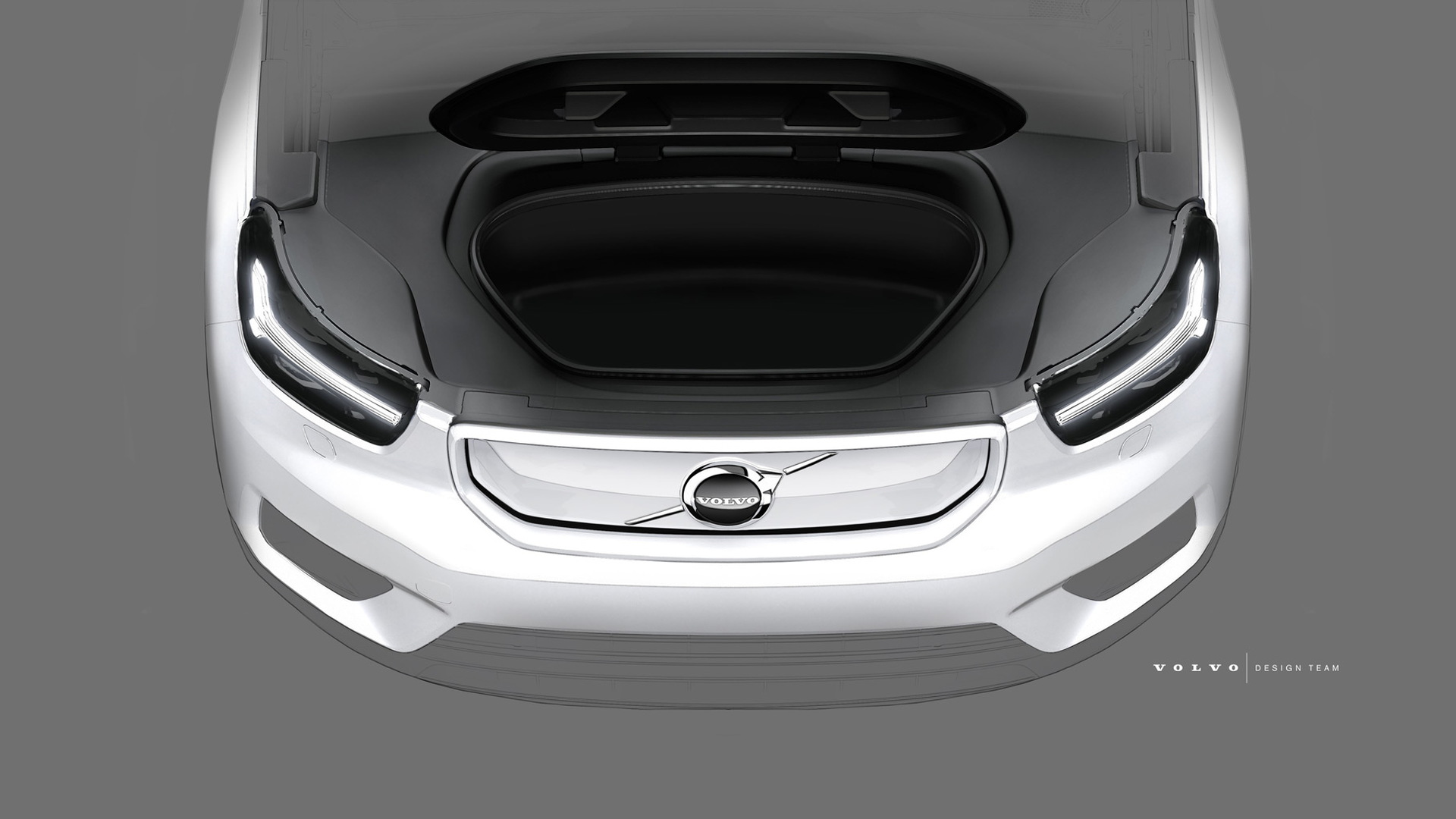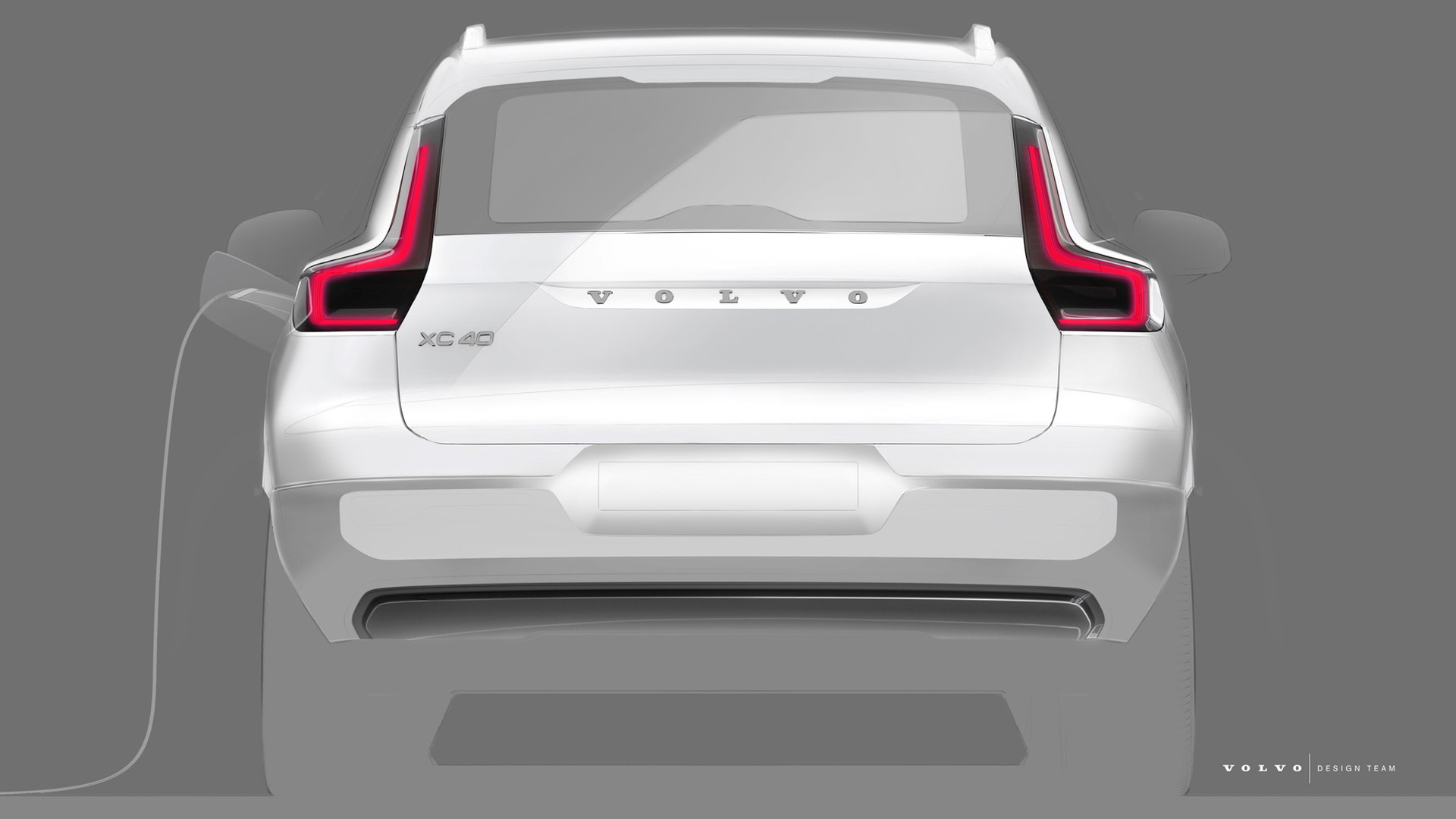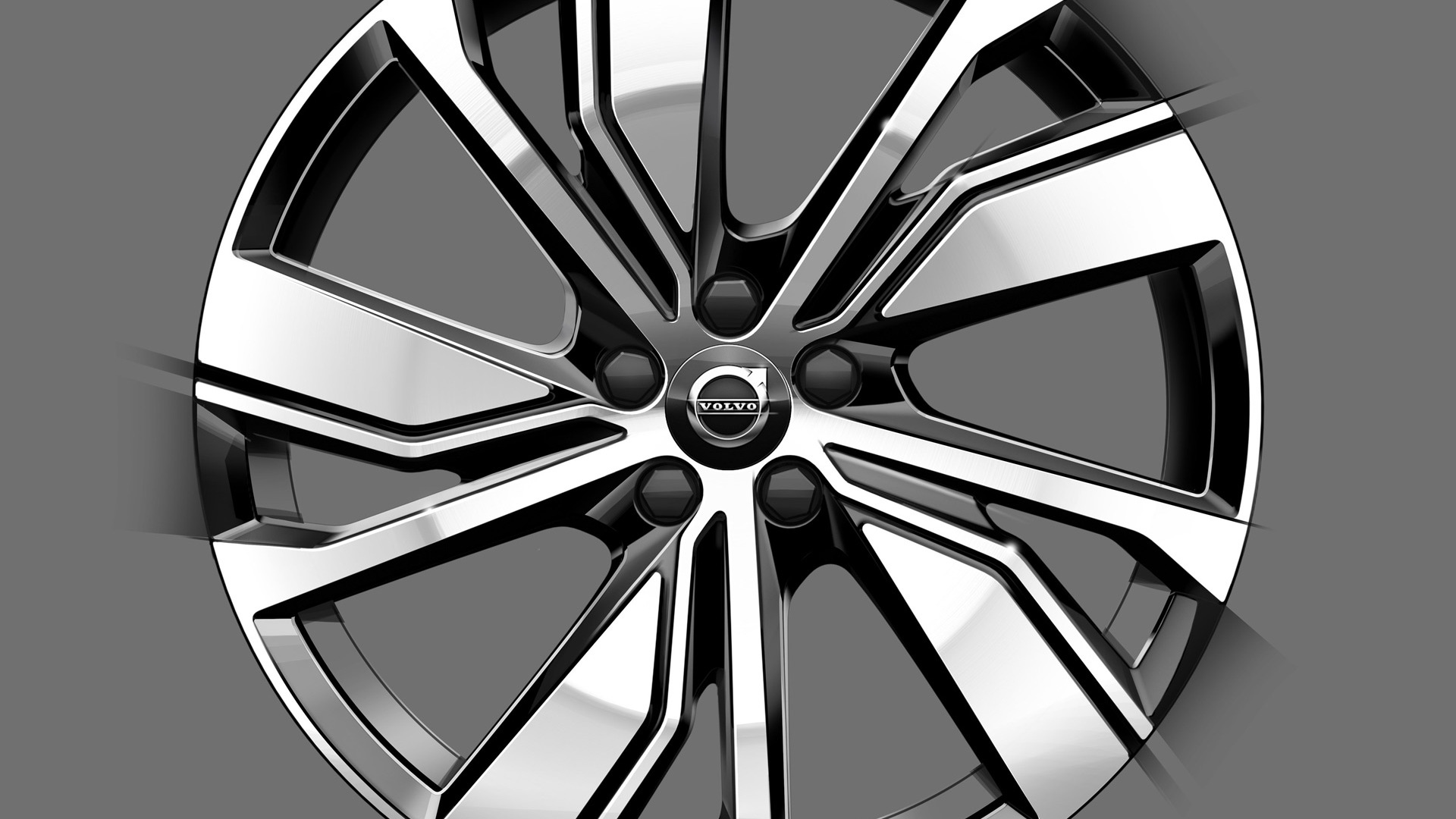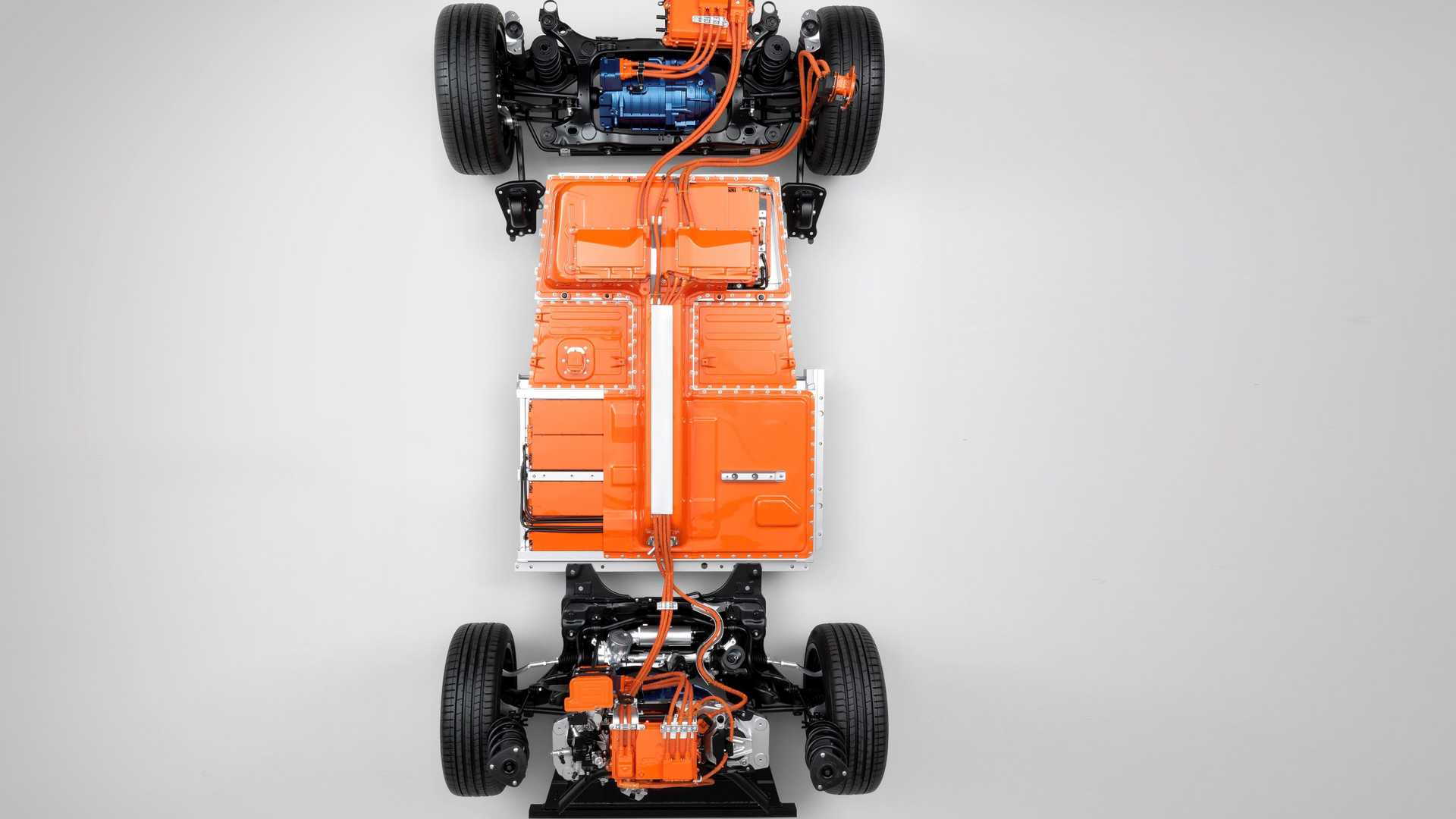The new XC40 EV will be more than just an electric powertrain dropped into the company's small crossover, Volvo announced Wednesday, backing up that claim with design sketches and some fresh insights into its approach to electrification.
Volvo's design team is leaning into the stylistic advantages of electric powertrains, which don't have the same packaging needs as internal-combustion engines. Robin Page, Volvo's head of design, says the XC40 EV was designed to incorporate these attributes, rather than obscure them.
"Without the need for a grille we have created an even cleaner and more modern face, while the lack of tailpipes does the same at the rear," said Page. "Its bold, instantly recognizable design is now even sleeker and more modern in the all-electric version."
According to Page, this approach contributes to an aesthetic based on "visual clarity and the reduction of element," or, put more succinctly: minimalism.
There's utility in these changes too: The XC40 EV will have a usable underhood cargo compartment (a "frunk," for "front trunk").
Volvo says the XC40 EV will also sport a unique interface designed around the electric car ownership and driving experience, optimized to keep drivers apprised of critical information like battery status.
The XC40 family was designed from the ground up for electrification, which contributes greatly to the EV coming off as more than a hasty attempt to appeal to the green crowd. That didn't stop the company from incorporating a few nods to sustainability, such as carpets made from recycled materials.
Information on Volvo's first EV has been trickling out ahead of its formal debut on Oct. 16. Last week, Volvo shared some of the details of the XC40's driver assistance tech.
Dubbed Advanced Driver Assistance Systems, or ADAS, this new sensor platform is the first implementation of the new scalable semi-autonomous driving platform that Volvo plans to evolve into a full self-driving ecosystem as technology allows.
